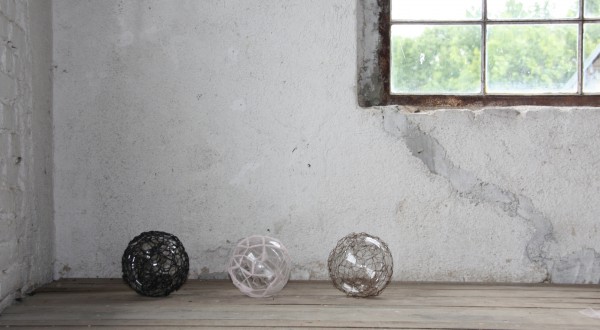May the Future be a Friendly Place
Organically shaped objects are scattered around. The objects are coverd with maps – or rather pieces of maps – where roads, cities, lakes and mountains appear and disappear.
The humanlike shapes give associations to people on the move and unsheltered figures lying down. Today’s refugee situation is put in an historical context. The human species have always been on the move. Driven by what? Necessity? Curiosity? Hope for a better future?
The evolution of the highly adaptable brain allowed us to migrate and started the great wandering of our species. Our predescessors wandered from East Africa to North Africa, Europe and Asia one to two million years ago. Homo sapiens spread from the same area some 70.000 years ago. From the earliest stone and wood tools, to today’s high tec society, the techology has made us able to put our feet on new land. And by doing so, changing it completely. From tiny paths to broad high ways, from wilderness to cities. The journey of the contemporary man is even taking us to new planets.
May the Future be a Friendly Place is linking the history, the present and the future. The modern maps show areas linked to the rutes where humans wandered some thousands of years ago. In the skin of the objects, the present is united with the start of our civilization.
The maps make the human expansion around the world clearly visible. Knowing how our treatment of nature is pushing the limits of the Earth’s capacity, the installation also bears in it connotations to the environmental challenges we are facing, and how that situation – if unsolved – will continue to cause continued migration waves in the future.



